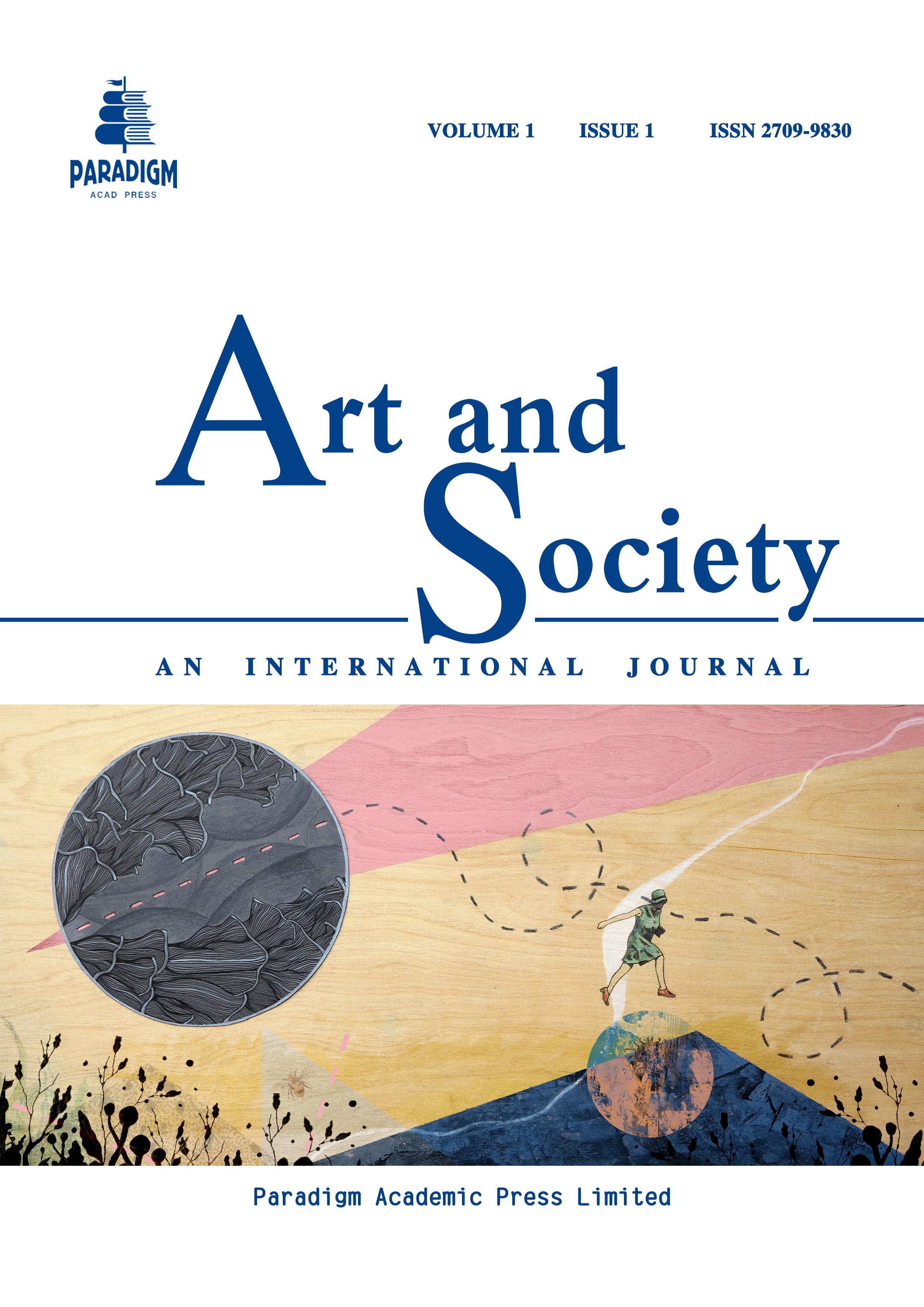Social Mirror and Identity Performance: An Art-Sociological Interpretation of the Donor Portraits in Dunhuang
DOI:
https://doi.org/10.63593/AS.2709-9830.2025.09.006Keywords:
Dunhuang donor portraits, art sociology, Dramaturgical Theory, futouAbstract
From the perspective of art sociology, the study of Dunhuang donor portraits reveals a dichotomy between two paradigms: the “Art-Society” paradigm, which uncovers their nature as a mirror of social structure, and the “Art-Sociology” paradigm, which focuses on the performative practice of image-making in the display of secular identity. This paper employs these two paradigms to interpret two aspects of Dunhuang donor portraits. First, at the level of social mirroring, the system of Dunhuang donor portraits is essentially a visual projection of the social structure of Dunhuang during the late Tang and Five Dynasties period; their sequence, spatial arrangement, and symbolic system multidimensionally reflect the local power structure dominated by powerful families. Second, at the level of identity performance, using Goffman’s Dramaturgical Theory to deconstruct the performativity of patronage acts reveals that these powerful families used Buddhist worship as a “Front Stage,” transforming religious space into a field for displaying secular authority. Adopting this dual perspective, and building upon the first two levels of Panofsky’s iconological method, this study delves into the third level—iconological interpretation—to analyze the logic by which Dunhuang’s powerful families constructed power through patronage acts.


